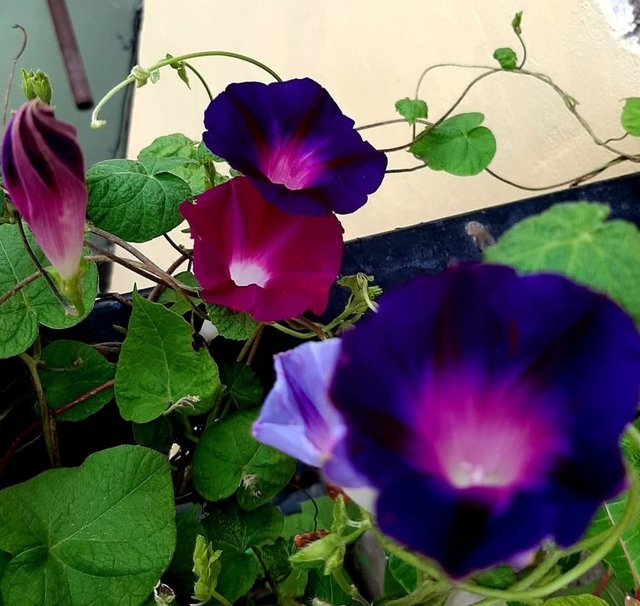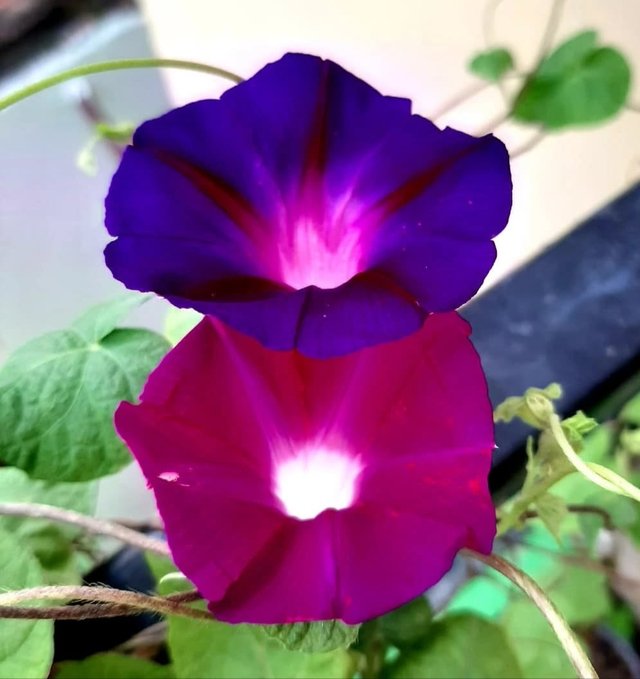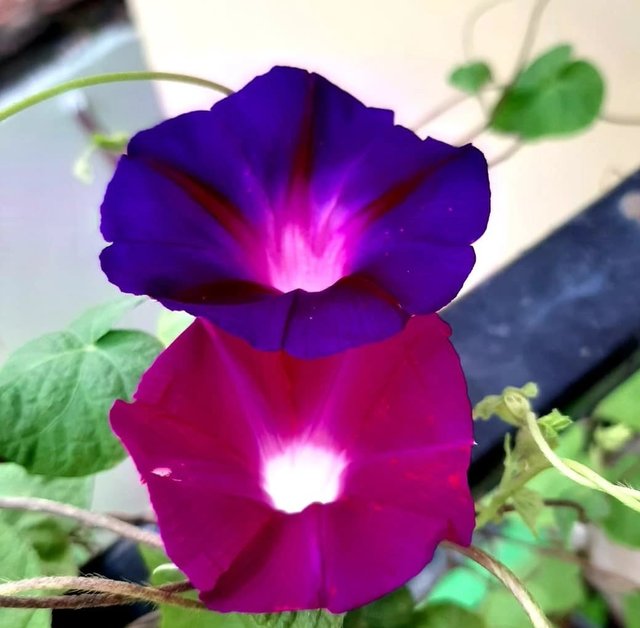Beautiful Japanese Morning Glory
The Japanese Morning Glory, known scientifically as Ipomoea nil, is one of the most admired ornamental plants in Japanese culture and around the world. With its delicate, trumpet-shaped blooms that open with the rising sun and fade away by afternoon, this flower symbolizes the fleeting beauty of life and the passage of time. Its charm lies not only in its vibrant colors and graceful form but also in its rich history, deep symbolism, and cultural significance.
Appearance and Characteristics
The Japanese Morning Glory is a climbing annual vine belonging to the Convolvulaceae family. It produces heart-shaped leaves and slender, twining stems that can quickly cover trellises, fences, and garden walls. The flowers, which bloom abundantly during the summer months, come in a dazzling array of colors including shades of blue, purple, pink, red, and white. Some varieties even display intricate patterns such as star-like streaks or variegated edges, making each bloom look like a delicate piece of art.
One of the fascinating features of morning glories is their ephemeral nature. Each bloom lasts for only a single day, opening early in the morning and closing by afternoon, giving way to new blossoms the following day. This cycle creates an ever-changing display of beauty that keeps the plant dynamic and enchanting.
Cultural and Historical Significance in Japan
The Japanese Morning Glory has been cherished in Japan for centuries. It was introduced from China during the Heian period and quickly captured the hearts of Japanese gardeners. By the Edo period, morning glory cultivation became a popular pastime among commoners and aristocrats alike. During this time, breeders developed countless unique varieties through careful crossbreeding, creating flowers with rare patterns, unusual shapes, and striking colors.
Morning glory exhibitions became fashionable events in Edo, where enthusiasts displayed their prized cultivars. These gatherings were more than just plant shows—they were cultural celebrations, blending horticulture with art, poetry, and philosophy. Even today, festivals such as the famous Iriya Asagao Matsuri in Tokyo draw crowds each July to admire and purchase morning glory plants.




%20(8).jpeg)